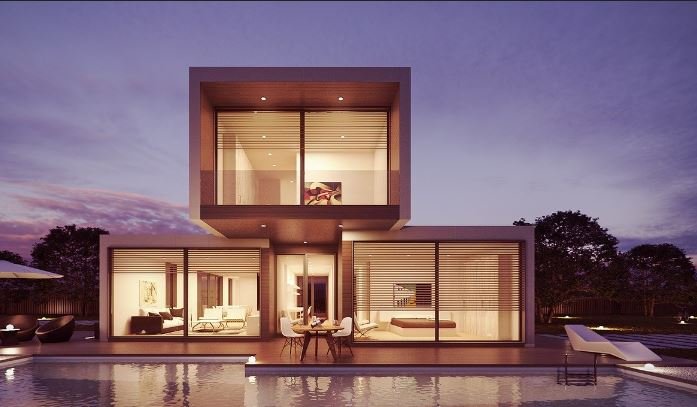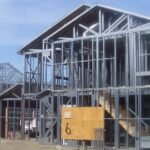The Future of Prefabricated Building Design
Prefabricated building design is revolutionizing the construction industry, offering a glimpse into the future of efficient, sustainable, and innovative architecture. Prefabricated structures, assembled from factory-made components, are gaining popularity due to their cost-effectiveness, speed of construction, and minimal environmental impact. This exploration of the future of prefabricated building design delves into the advancements and trends shaping this transformative approach.

1. Technological Advancements in Prefabrication
Technological advancements are driving the evolution of prefabricated building design. Robotics, 3D printing, and advanced manufacturing techniques enable the precise production of building components. These technologies enhance the quality and accuracy of prefabricated elements, reducing errors and waste. Automation also accelerates the production process, allowing for rapid assembly on-site and significantly cutting down construction time.
2. Sustainable Building Practices
Prefabricated buildings are inherently sustainable due to their efficient use of materials and reduced waste. Factories can optimize material usage, recycling excess and ensuring minimal environmental impact. Energy-efficient designs and the incorporation of renewable energy systems, such as solar panels, further enhance the sustainability of prefabricated structures. The controlled factory environment also allows for better quality control, ensuring that buildings meet high environmental standards.
3. Customization and Flexibility
Modern prefabrication techniques offer unprecedented levels of customization and flexibility. Architects and designers can create bespoke solutions tailored to specific needs and preferences. Modular designs allow for easy expansion and reconfiguration, making prefabricated buildings adaptable to changing requirements. This flexibility is particularly beneficial for residential, commercial, and educational buildings, where space and functionality needs may evolve over time.
4. Cost and Time Efficiency
Prefabricated buildings provide significant cost and time efficiency. The streamlined manufacturing process reduces labor costs and construction timelines. On-site assembly is quicker and less labor-intensive, minimizing disruptions and allowing for faster project completion. These efficiencies make prefabricated buildings an attractive option for developers and builders looking to meet tight deadlines and budgets without compromising on quality.
5. Innovative Design Possibilities
The future of prefabricated building design is marked by innovative possibilities. Advanced materials and construction techniques enable the creation of complex and aesthetically pleasing designs. From sleek, modern homes to intricate commercial structures, prefabrication can accommodate a wide range of architectural styles. This versatility is opening up new avenues for creative expression and architectural experimentation.
6. Case Studies of Successful Projects
Examining successful prefabricated building projects offers valuable insights into the potential of this construction method. The Mini Sky City in Changsha, China, a 57-story skyscraper constructed in just 19 days, showcases the speed and efficiency of prefabrication. Similarly, the Katerra factories in the United States produce a variety of building types, demonstrating the scalability and versatility of prefabricated design. These case studies highlight the transformative impact of prefabrication on the construction industry.
Community and Government Support for Prefabrication
Community and government support play vital roles in the future of prefabricated building design. Policies that incentivize the use of prefabricated methods, such as tax breaks and subsidies, can accelerate adoption. Public awareness campaigns and education programs can also help communities understand the benefits of prefabrication, fostering acceptance and support. By aligning policy and public sentiment, prefabrication can become a mainstream solution for sustainable and efficient construction.
Conclusion
The future of prefabricated building design promises to reshape the construction industry. Technological advancements, sustainability, customization, cost efficiency, and innovative design possibilities make prefabricated buildings a compelling choice for modern construction. With community and government support, prefabrication has the potential to revolutionize how we build, offering a faster, greener, and more adaptable approach to architecture.



